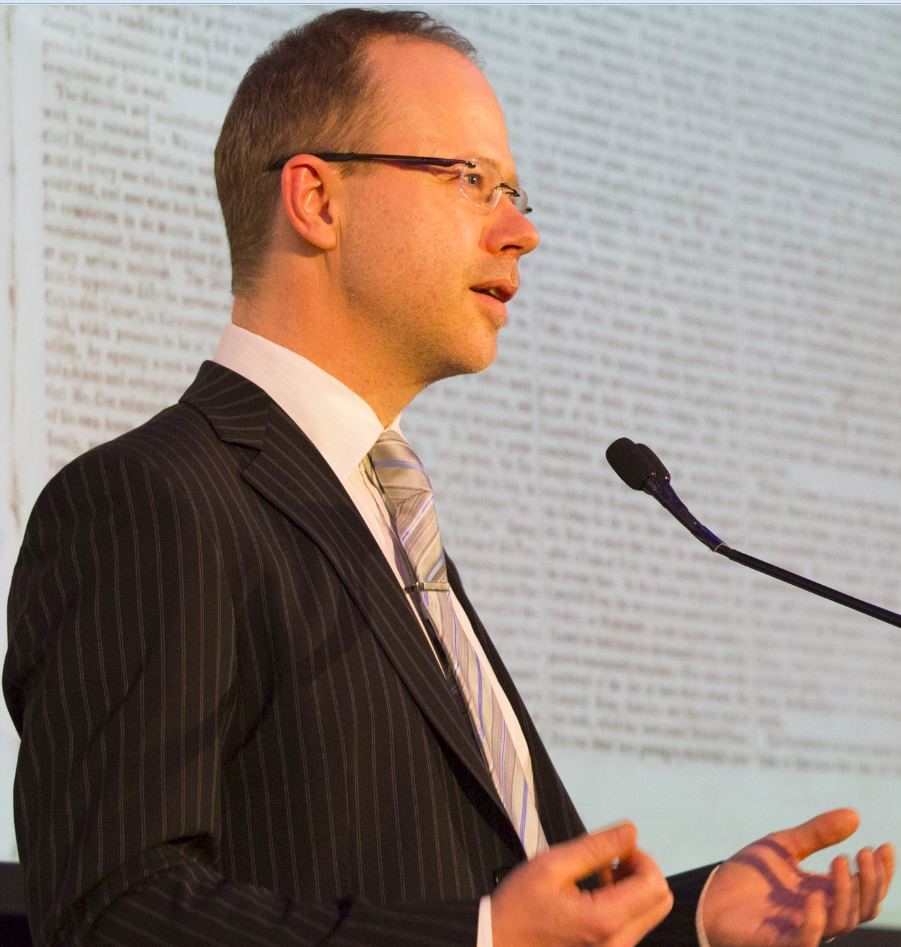On a triangle of land that points out to sea at the mouth of the Swan River is Fremantle’s heritage district, the West End, renowned for its colonial architecture that includes the largest collection of heritage-listed buildings in Western Australia and its oldest public building, the Round House gaol (1831). Although Fremantle has often been threatened by the demands of redevelopment, today it is recognised as one of the world’s best preserved examples of a nineteenth-century port city and colonial townscape. ‘Freo’, as it is known locally, also has an exceptionally diverse multicultural community, lending a special character that is the legacy of its role as a historical gateway to Australia, the first point of contact for generations of migrants and visitors arriving by sea from Europe. This mix of cultures and traditions has shaped the life of the cosmopolitan city, which now has a population of close to 30,000.
Few major histories of Fremantle have been published. The first, written by J. K. Hitchcock, appeared in the colony’s centenary year, 1929. Hitchcock, who had lived to see many changes over a seventy-year period, based much of this history on personal recollection. John Ewers’ The Western Gateway: A History of Fremantle (1948, reprinted 1971) is the only significant scholarly history of Fremantle. More recent contributions include pictorial histories, local histories focused on specific families, heritage reports on the built environment, and numerous local research papers. The photographic record has been much enhanced by John Dowson’s publications. All these have played a vital role in fostering our understanding of Fremantle’s unique past. The wide-ranging essays in this book, written by leading historians of Western Australia, offer new insights into the influences that have shaped Fremantle’s colourful history and heritage since colonial settlement in 1829. They make a major contribution to Western Australian historical knowledge by presenting events and stories from the past that have previously been hidden in archives, or held informally within particular communities and organisations. Chapters focus on themes that bring together many strands of Fremantle’s social history, such as sea-trade, migration, religion, crime and punishment, epidemics, waterfront disputes, economic development, heritage and tourism. The collection takes a fresh approach to significant events and patterns in Fremantle’s history by emphasising personal stories and focusing on the experiences and attitudes of people who lived, worked and passed through this iconic port city. The voices of Fremantle people, including some from the very distant past, have been given new life in this volume. While the chapters are generally ordered chronologically, some take a long view, covering a period spanning more than 150 years, while others give vivid snapshots of pivotal moments or transitions key to Fremantle’s sense of place and community. The West End covers inner Fremantle, including much of the original settlement and the adjacent waterfront, port precinct and fishing boat harbour. Other landmarks integral to early life in the settlement also feature in the following pages—such as the South Bay jetty precinct, the notorious Fremantle Prison (which was decommissioned only two decades ago) and the Fremantle Arts Centre (originally the Lunatic Asylum).
[extract]
Arthur, Paul Longley, and Geoffrey Bolton, eds. Voices from the West End: Stories, People and Events that Shaped Fremantle. Perth: Western Australian Museum, 2012.






